Arbella Insurance Foundation presents
Duende
The Art of Anthony Quinn Curated by Michele L’Heureux
October 26 – December 29, 2012
Narrows Center for the Arts
Anthony Quinn was a creative tour de force. Best known for his roles in more than 160 films, television programs, and theater productions—earning him two Academy Awards and six nominations—Quinn was also a writer and visual artist who spent the last seven years of his life in nearby Bristol, Rhode Island. He wrote two autobiographies and produced thousands of works of art—paintings, drawings, prints, and sculptures—in a wide range of media, from pencil and oil paint to marble and wood. It would seem from the breadth and scope of his artistic production that Quinn never stopped creating, not even for the few minutes between scenes on a movie shoot when
he produced small sketches in pen and marker by the dozens. His content ranged from abstract geometric and organic forms to portraits, figure studies, and landscapes. Quinn was a ferocious observer of the world around him, and he had a burning desire to interpret and make sense of his surroundings using whatever artistic tools he had available, whether
that be his body and voice, a paintbrush and canvas, or a block of wood and some carving tools.
Katherine Quinn, Anthony’s wife and studio assistant for 17 years before he passed away in 2001, recognized this insatiable desire to create, this internal fire, as duende. Duende is a term frequently used in the Spanish arts—especially to describe flamenco— that Frederico García Lorca refers to as “a momentary burst of inspiration, the blush of all that is truly alive, all that the performer is creating in a certain moment.”1 German writer Johann Wolfgang von Goethe explained duende as “a mysterious force that everyone feels and no philosopher has explained.”2 It is precisely this duende, which also comprises a dark and restless spirit, that fueled Anthony Quinn’s prolific artistic career. It is most evident in the sheer volume and range of the artwork he produced and also in the ways he pursued
various forms over and over again, as if trying to get at the essence of something by exploring it from a number of different angles using different tools and media. A small sketch inspires a clay maquette that inspires a wood sculpture that then manifests itself in an oil painting. Guided by duende, Quinn’s end- less pursuit of creative truth — of those magical, haunting moments of inspiration—led him to use his entire body, mind, and spirit to make beautiful objects and deliver award-winning performances.
With more than 90 objects, this exhibition for the Narrows Center for the Arts showcases just a small slice of Quinn’s enormous body of artwork and is designed to highlight his creative process. It includes small sketches, drawings, paintings, and sculptures, as well as photographs of the artist at work and artifacts from his studio, including his work benches, tools, library resources, sketchbooks, and more.
The exhibition is organized around several recurring themes in Quinn’s work: the female figure, mother
and child, abstract geometric and organic forms, and portraits. Each section of the exhibition features a sampling of drawings, paintings, and sculptures in different scales (from minute to massive) and materials (from ink to alabaster) to demonstrate the unfolding and dissecting of particular ideas and themes.
The exhibition as a whole is designed to shed light on a local legend whose artistic production off-camera remained largely unknown.
Frank Lloyd Wright, with whom a young Quinn did an internship that helped launch his acting career, told Quinn that his goal was “to live and create to the size of the spirit of man.” Quinn adopted this as his motto, and as demonstrated in part by his illustrious career and abundant artistic production, he most certainly lived up to it.
— Michele L’Heureux, Curator

